Register your service
Blog
Contact us
About us

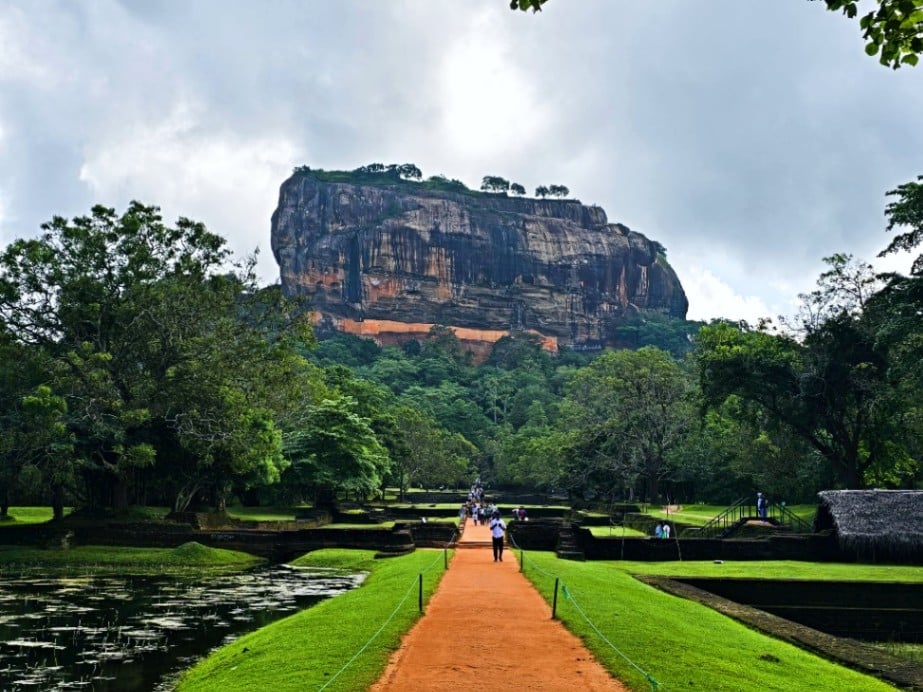
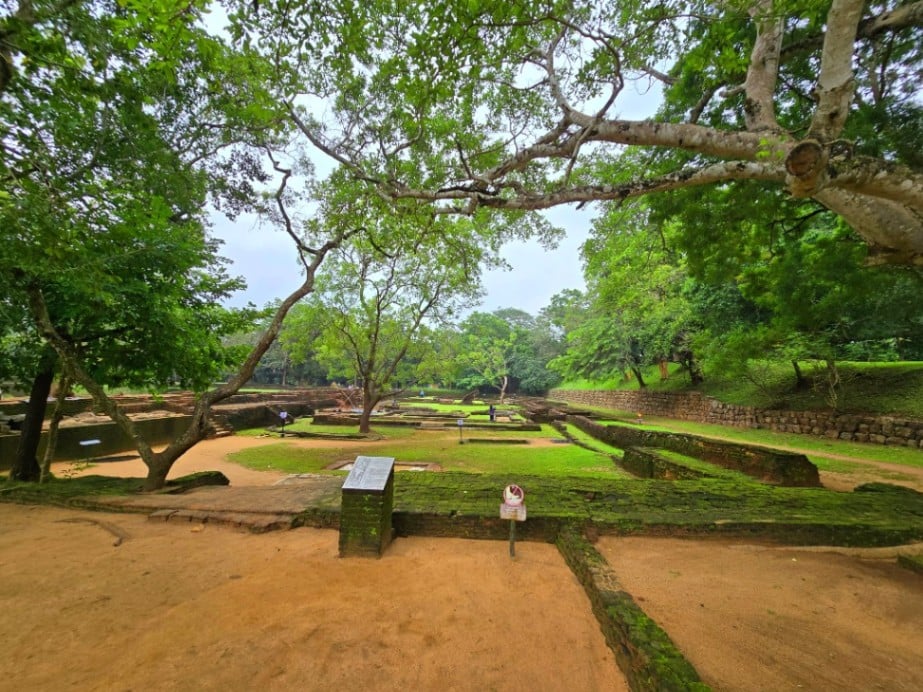
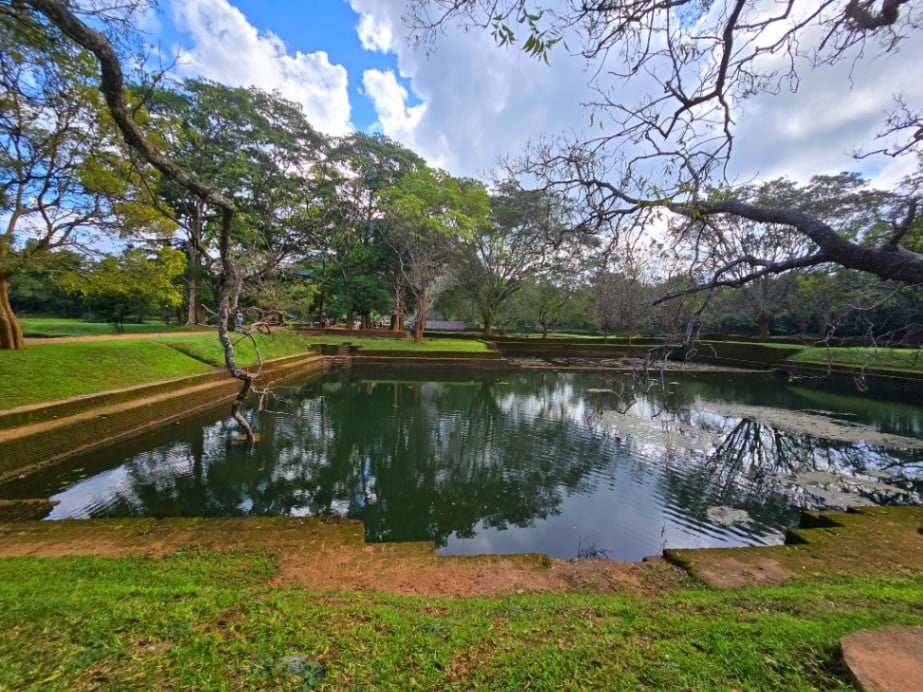
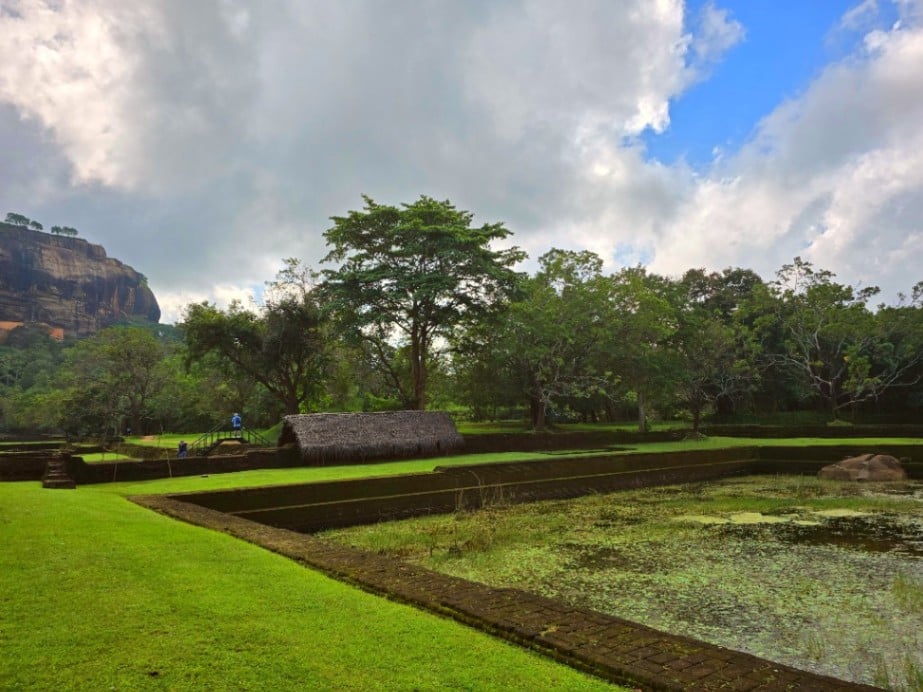

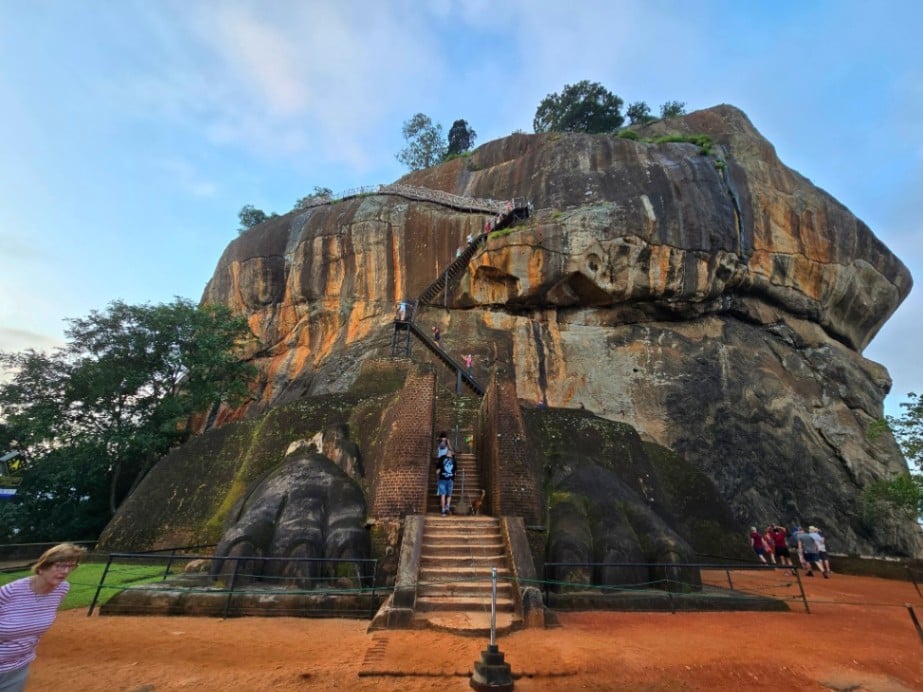

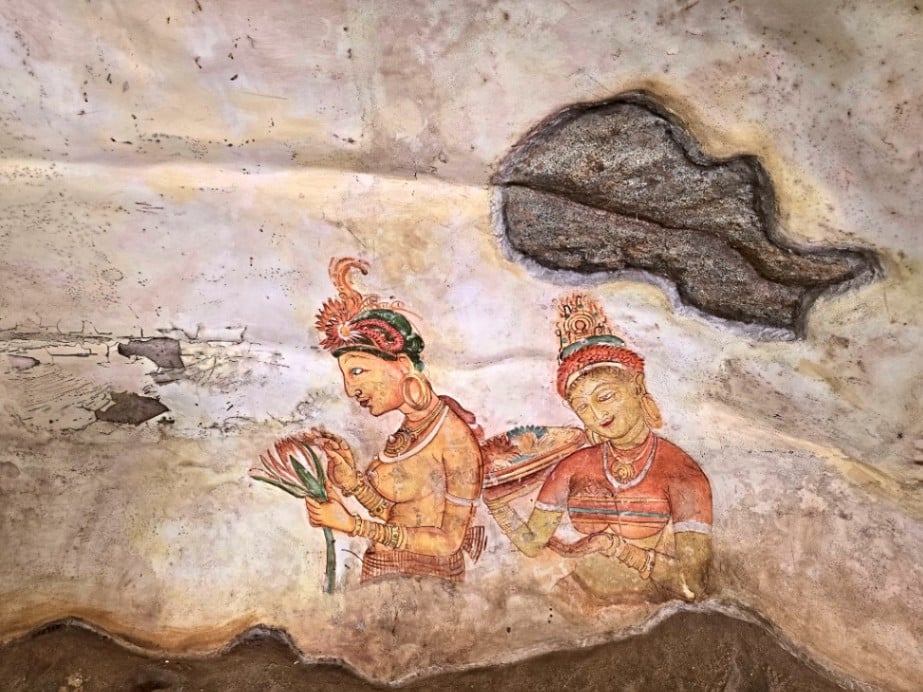
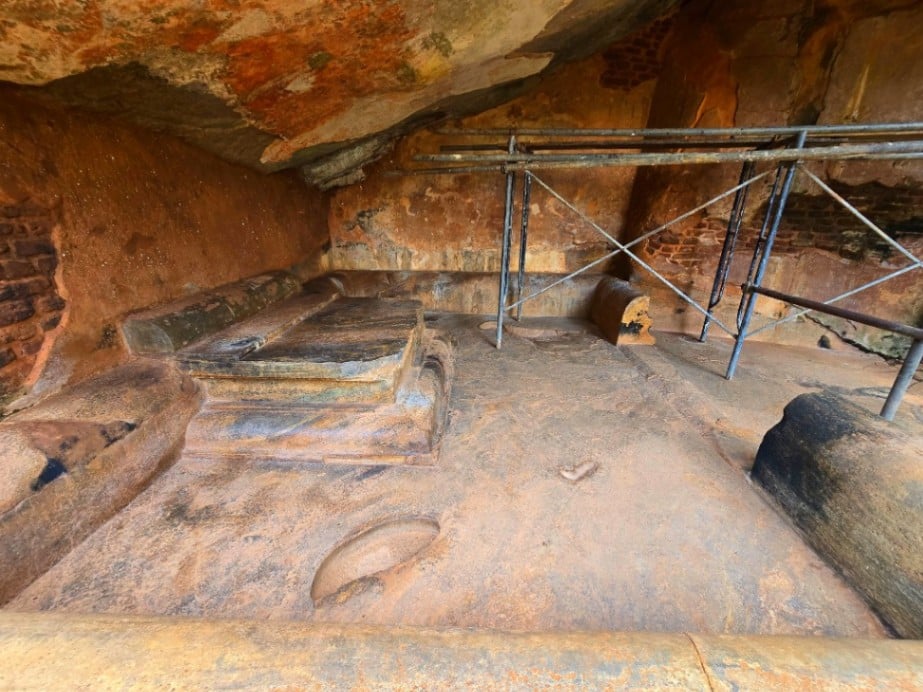
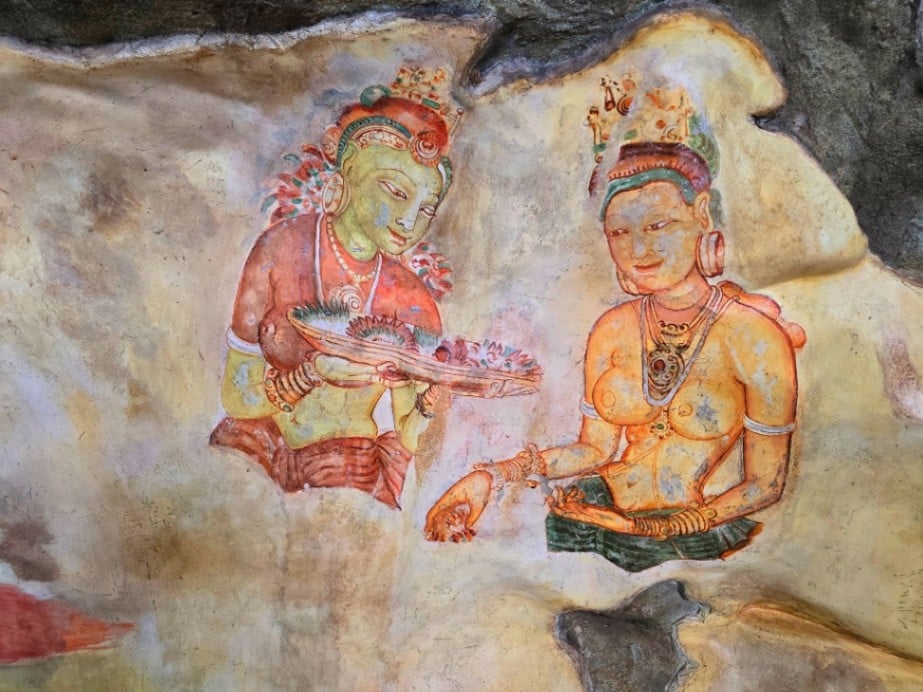

Before you begin your unforgettable journey to the Lion Rock Fortress, here are some practical details to help you make the most of your visit:
Sigiriya is located in Sri Lanka’s Central Province and can be easily accessed via car or public transport. Use this Google Maps link for directions.
Tickets: Available online or can be purchased at the entrance.
Opening Hours: 5:00 AM – 5:30 PM daily (last entry at 5:00 PM).
Suggested Duration: Allocate at least 2 hours to explore the site thoroughly.
For a detailed layout of the Sigiriya site, check out our interactive map on the Travel Yonka app or website.
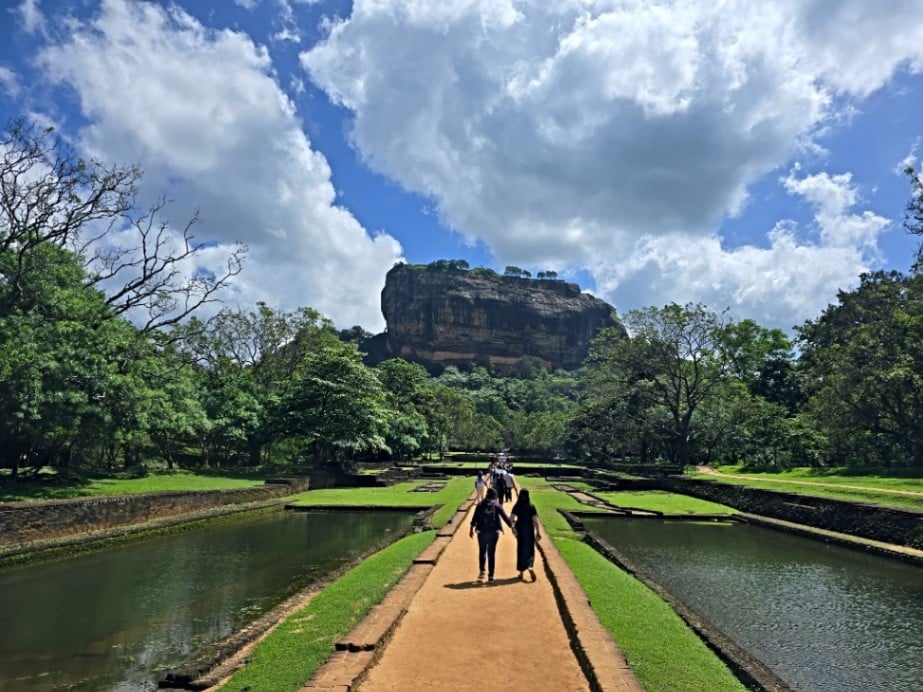
Comfortable, loose-fitting garments
Sneakers or sturdy footwear (for safe climbing)
Bring at least 1–2 liters of water, especially during warmer months.
Light snacks or energy bars are helpful, but littering is strictly discouraged.
Drones are not allowed without a permit.
Photography is not allowed inside the fresco caves to protect the ancient artwork.
The climb is steep and involves uneven terrain not recommended for those with walking disabilities or serious health conditions. Download the Travelyonka app which includes a complete site guide of Sigiriya. You will hear( and read as well) carefully picked details for each site. There are 27 sites in this app and 30 audios for you to get the maximum knowledge and everything you need to know. This is an essential site guide for those who travel and tour in Sigiriya, Sri Lanka
Let Sigiriya surprise you one step, one stone, and one story at a time.
Developed by
